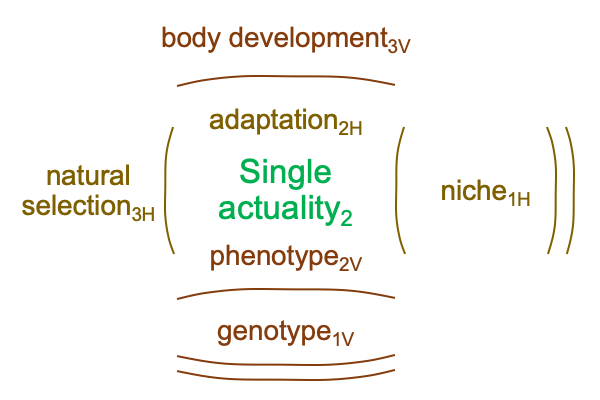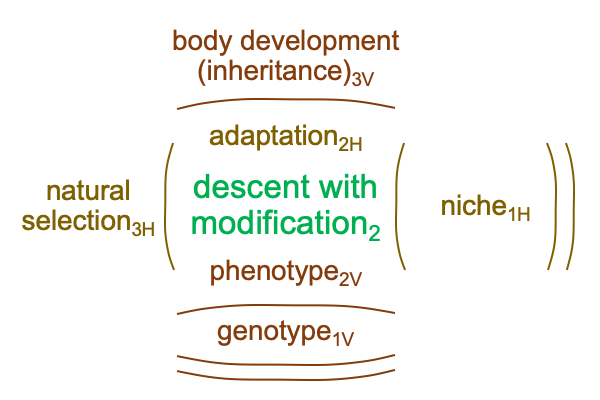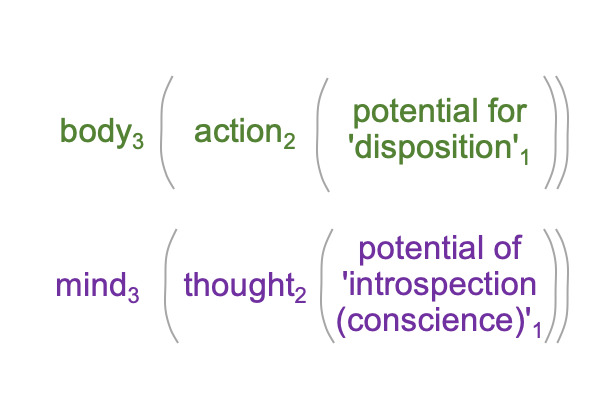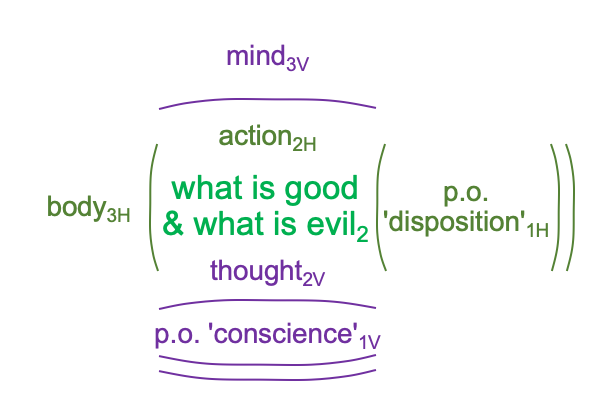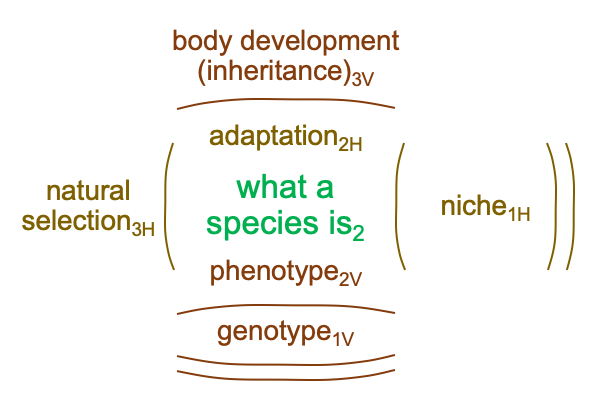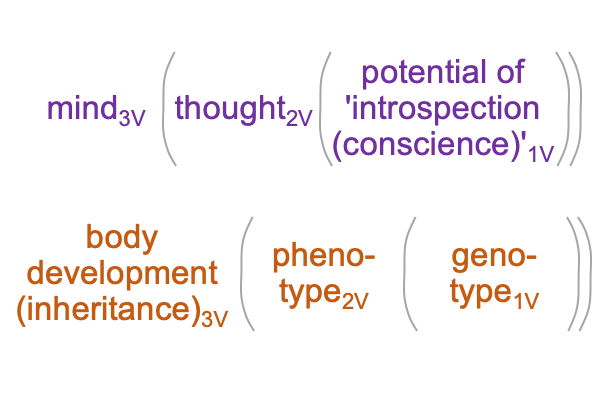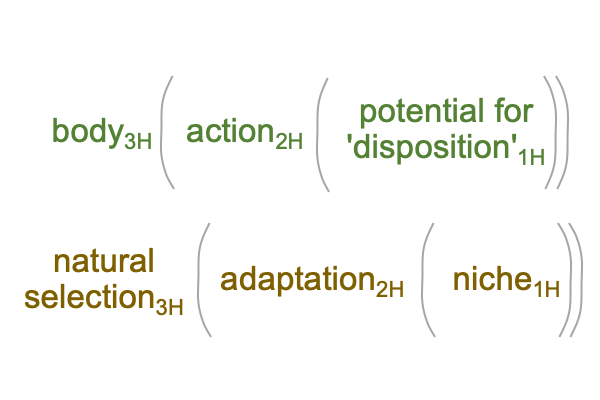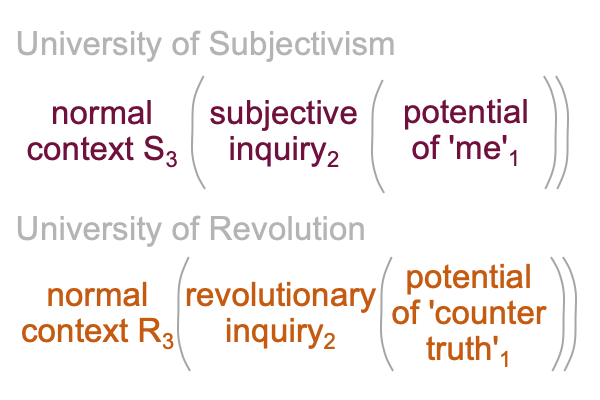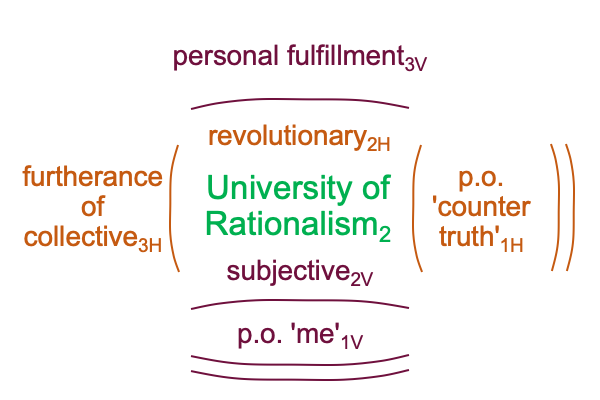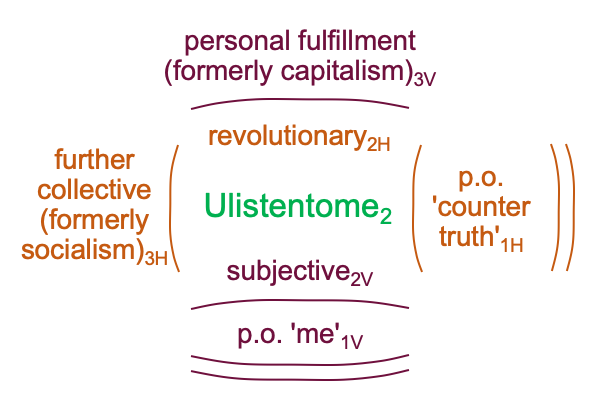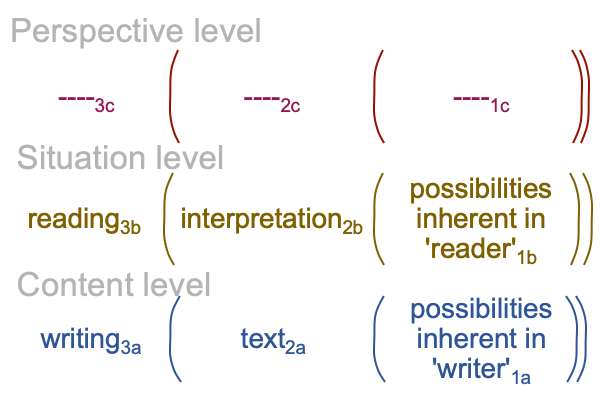Looking at Dennis Venema and Scot McKnight’s Book (2017) “Adam and the Genome” (Part 4 of 22)
0027 According to classical Darwinism, adaptations2b are explained through natural selection. The niche1b accounts for modifications. Descent is assumed.
0028 At the time of Darwin, no one knew much about descent with modification. Darwin simply contended that the babes of a breeding pair would have similar traits to the parents. This much is obvious from animal breeding hobbies.
0029 Today, biologists know so much about the mechanism of descent that the niche is taken for granted.
Yes, the assumptions have been reversed.
0030 Venema explains descent with the analogy of a mother tongue over time. Spoken words change over generations. The English speaker of today would not understand the English speaker of 400 years ago.
Word spelling also changes over time. Treuthe went to truthe, then to trueth, then to truth. That ain’t no lie.
0031 Thus, spoken and written words show descent with modification over the centuries. Each subpopulation of speakers shifts word locution one way or another. Isolation between two subpopulations eventually produces two different – closely related – languages.
0032 How does this explain descent with modification?
0033 Ah, this is Dr. Venema’s area of expertise. His writing is wonderful. Read his own words. Especially, note the passages where he assumes the niche. The niche may be land, sea, as well as gunk in a waste pond. For a virus, a niche may be… say… bacteria.
0034 Now, I go back to the diagrams.
How does the role of DNA fit into descent with modification, as depicted by category-based nested forms?
0035 What are the actualities?
0036 DNA is one actuality.
DNA is like a book containing genes. Genes are recipes for proteins. Proteins build the body of a cell.
DNA also instructs the “reader” how to read the book.
DNA does not get rid of old recipes. Old recipes merely become unreadable through various substitutions, deletions, insertions and so on. New recipes may derive from old recipes. They may be fashioned, whole cloth, by new instructions.
0037 Let me say this in another way.
The genotype is the potential of a DNA book, complete with recipes and reading instructions.
The phenotype is the viral, cellular, or multicellular body that a DNA book is responsible for.
0038 The “body”, or the phenotype, is the second actuality.
Here is a picture of the content and situation levels for the science of genetics
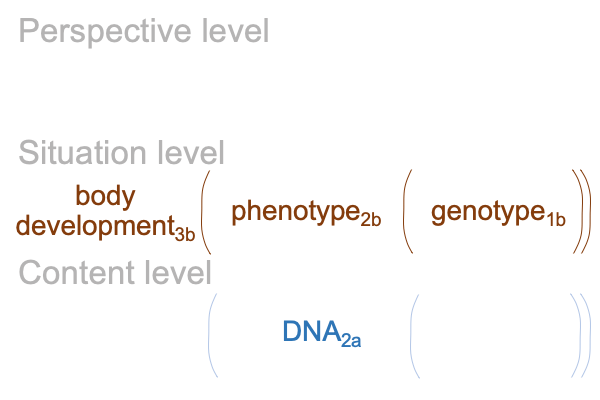
0039 The normal context of the biological body3b brings the actuality of the phenotype2b into relation with the genotype1b.
0040 The genotype1b is the potential inherent in DNA1b. DNA2a is an actuality that defines the species2a.

